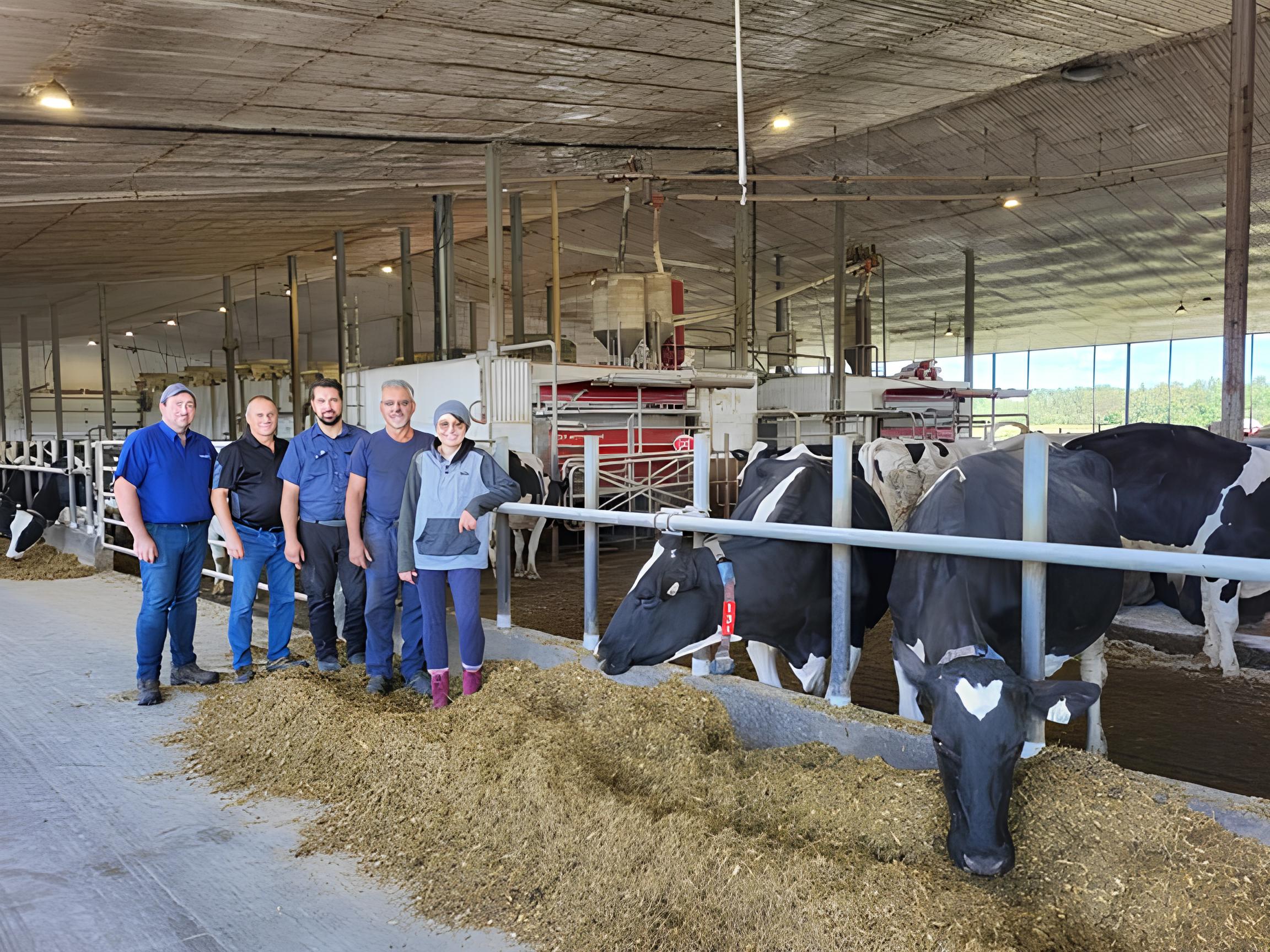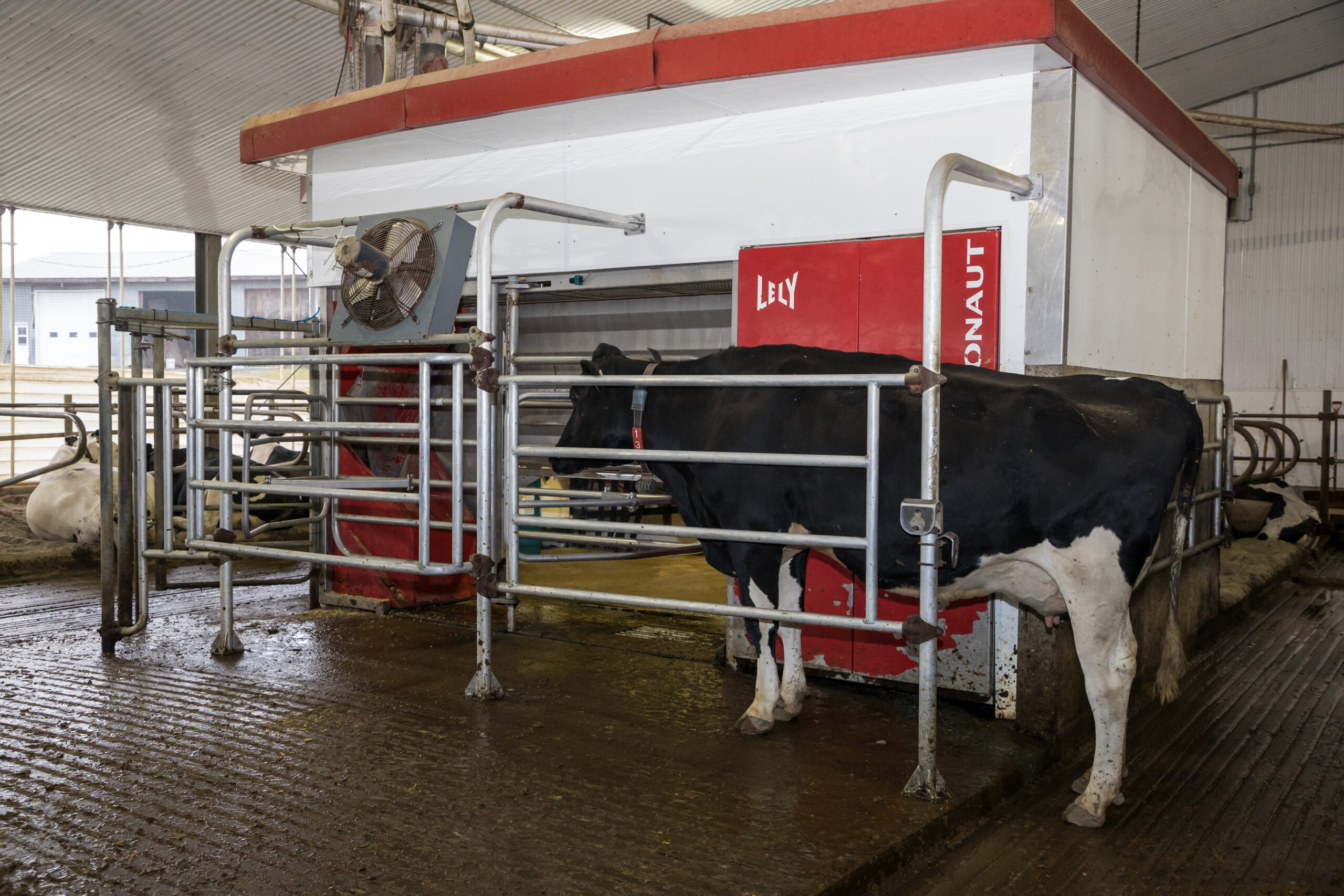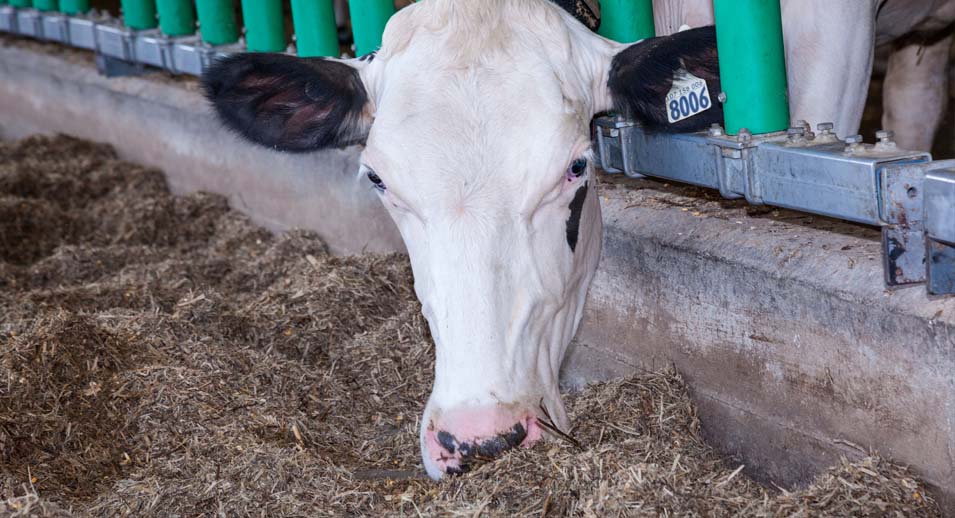How has production evolved one year after start-up?
- July 27, 2020
As part of a presentation for the CRAAQ 2019 Management Symposium, we took a look at the most recent robot milking system start-ups. Using information from the Lactanet database, we were able to quantify how robotic milking systems effect herd performance. A group of 44 herds were used for this analysis.
To measure the variation in production due to the change of system, we used the production at the first milk recording after start-up, and again one year later. We then compared the average variation for each of these three groups:
- Top 20% Group : Farms with the best production increases
- Average of all farms : Overall farm average
- Bottom 20% Group : Farms with the smallest increases or who have seen a decrease in production
| Groups | Decrease in Production after Start-Up | Average Results 1 Year after Start-Up |
| Group 1: Top 20% |
-0.7 kg |
+ 5.8 kg milk |
| Group 2: Average |
-2.2 kg |
+ 0.6 kg milk |
| Group 3: Bottom 20% |
-5.4 kg |
-5.0 kg milk |
Decrease for all farms soon after start-up
Based on the results presented in Table 1, all the farms saw a drop in production immediately following start-up. However, there was a very slight drop for those in the top group (Group 1) and a much more significant drop for those in the bottom group (Group 3). The overall average was a decrease of 2.2 kg.
One year after start-up, the gap is widening
If we take another look at the situation one year after start-up of the milking robots, the differences are accentuated. Group 1 farms benefit from an average increase in production of 5.8 kg of milk. Group 3 farms continue to experience an average decrease of 5.0 kg compared to their previous production. This is a huge difference!
What is the impact on milk revenue?
To illustrate the variation in revenue between the different groups, we used the average price of milk from October 2019 ($74.61 /hectolitre) and the scenario of the average farm with a robot milking system in our database, 90.5 cows in milk. We assumed that the drop in milk production at start-up lasted 2 months and that from that point on, there was a linear progression toward the value that we have one year after start-up.

On Graph 1, the herds that make up the overall average (blue curve) saw a decreased milk revenue over the course of the first year following the start-up. The recovery delay, before returning to a production level superior to the one observed prior to start-up, was too long. Therefore, the average business that was looked at in this study showed no improvement in their milk revenue over the course of the first year.
Like the other groups, the businesses in the Top 20% group also saw a drop in production at start-up (to a much smaller degree) but their recovery was much quicker. For the model herd in this group, this means an improvement in milk income of more than $50,000 in the first year.
For the bottom 20%, the first year was very challenging. Not only were production losses at start-up greater than for the other farms but after one year, the situation had not improved much. The losses in milk revenue during the first year for this group were major.
How can the gap between groups be explained?
Are these results 100% true to the reality that these farms faced? Not necessarily. These models that we have chosen to use are simply meant to show the variation in milk production and revenue between farms, during the first year. Nevertheless, there is probably much truth to be found in the average trends. With a gap of nearly $180,000 in dairy income between the top 20% and bottom 20% groups, there is food for thought.
Each of these farms has its own history, its successes, misfortunes and unforeseen events. There are also, however, probably some common findings among these farms that can explain these results. Look out for further results of our study in this article.











